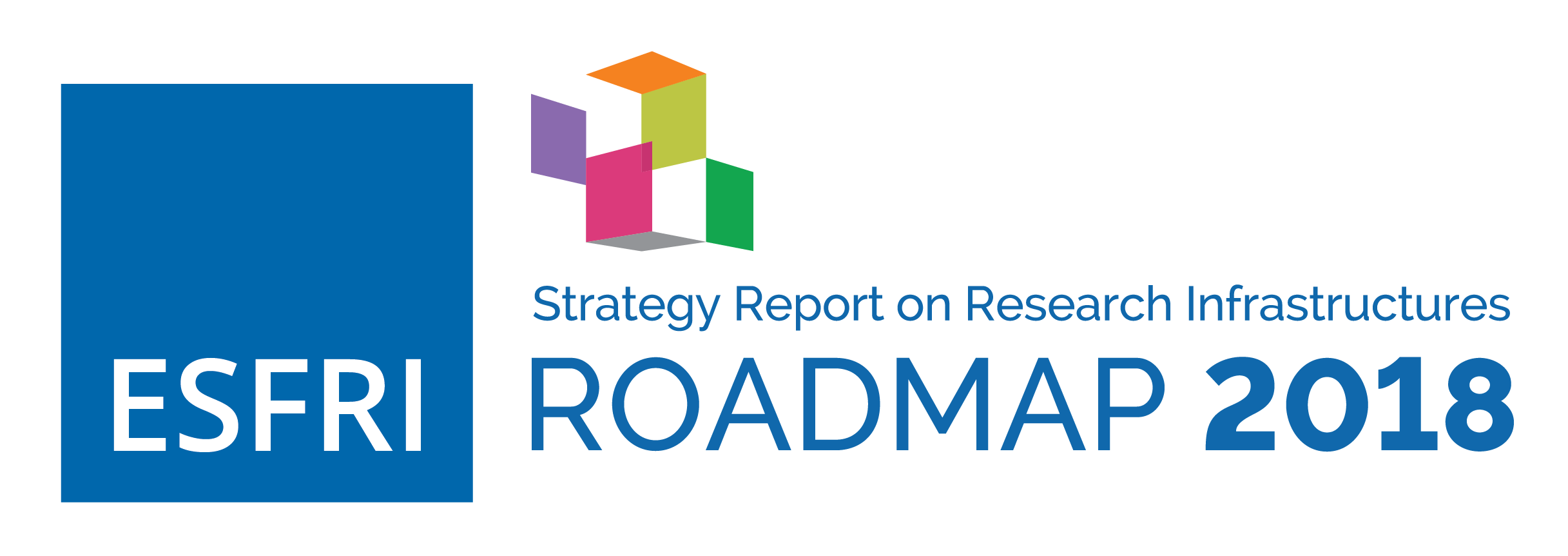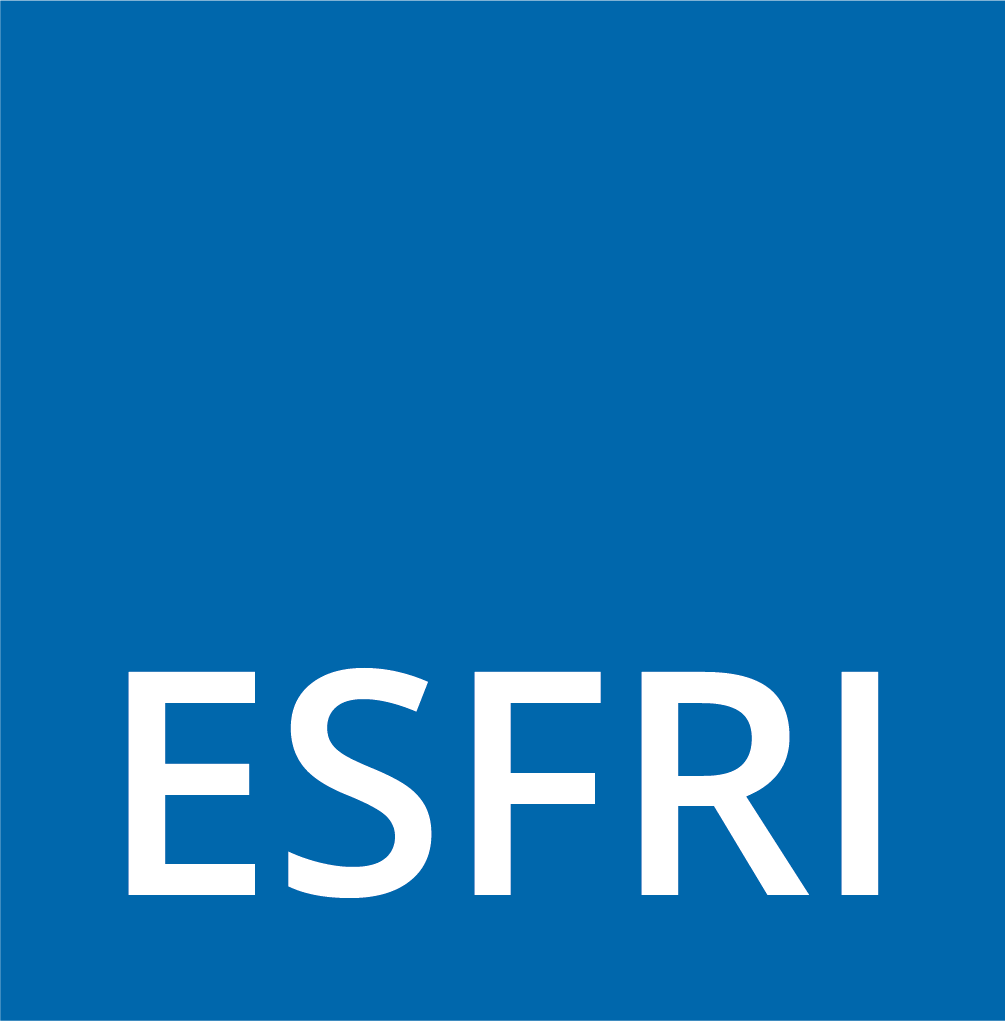Astronomy and Astroparticle Physics
Astronomy and Astroparticle Physics deal with the understanding of the universe and its components: from its still not well known beginnings to its growing complexity, with the formation and evolution of galaxies, stars and planetary systems, until the emergence of life. It relies on various kinds of observations, theoretical work and modelling, and more and more on laboratory experiments. The level of precision necessary to constrain models requires high-performing space, ground-based and underground observatories, mostly built and managed through international collaboration, and exploited in synergy. Observations spread well beyond the historical optical domain, to the whole electromagnetic spectrum from radio astronomy to the observation of gamma-rays, and new messengers such as gravitational waves and neutrinos. Multi-messenger astronomy, with its multi-wavelength, multi-instrument studies, is the new frontier to study the evolution and present phenomena of the Universe. Underground physics investigates the rarest phenomena to discover dark matter and the nature of neutrino mass.
The main science drivers are:
- understand the origin of the universe, its main constituents and the extreme conditions it hosts;
- observe the formation of galaxies and their evolution;
- understand the formation of stars and planets;
- understand the solar system and the conditions enabling life, searching for other planetary systems in our galaxy.
The recent observation of gravitational waves is the dawn of gravitational wave astronomy, a highlight which opens a new window for observation of stellar bodies and phenomena. Exoplanetary research also builds up as an inter/multidisciplinary field where a multi-messenger approach – e.g. landers, sample return – is taking place.
The science drivers of Astronomy and Astroparticle Physics merge with those of Particle and Nuclear Physics, linking the physics from the infinitively large to the infinitively small, giving a holistic view of the overall Research Infrastructure investment in the Physical Sciences & Engineering field.
Current Status
Research in Europe in this area remains at the leading edge. The intergovernmental organisations ESOEuropean Southern Observatory http://www.eso.org/public/ (European Southern Observatory) and ESAEuropean Space Agency http://www.esa.int/ESA (European Space Agency) enable Europe to compete at the global level in ground and space-based astronomy. Another key factor is the strong organisation of communities at national and European levels. The ASTRONETASTRONET http://www.astronet-eu.org/ and ASPERAASPERA http://www.aspera-eu.org/ ERA-NETs have strengthened a Europe-wide collaboration between research communities and funders and are the key players proposing strategies. ASTRONET covers research from the Sun and Solar System to the limits of the observable universe, and the ERA-NET is giving rise to a co-ordinating Consortium. The APPEC ConsortiumAPPEC http://www.appec.org/ coordinates Astroparticle Physics research. ASTRONET and ASPERA/APPEC continuously update comprehensive studies of all the present and future activities based on scientific goals and merit.
The ASTRONET and ASPERA/APPEC Infrastructure Roadmaps, which include ESFRI Roadmap facilities, are being implemented in spite of the serious impact of the recent financial restrictions. The suite of groundbased telescopes is delivering new science. The European Southern Observatory’s Very Large Telescope (VLT)European Southern Observatory’s Very Large Telescope (VLT) http://www.eso.org/public/unitedkingdom/teles-instr/paranal-observatory/vlt/ is the world-standard. The ALMAALMA http://www.almaobservatory.org/en/home/ millimetre/sub millimetre array in the Atacama Desert (Chile), the largest such facility in the world, is in full operation. The International LOFAR Telescope (ILT)LOFAR http://www.lofar.org/ and the Joint Institute for VLBI ERIC (JIVE)Joint Institute for VLBI ERIC http://www.jive.eu/ In the European VLBI NetworkEuropean VLBI Network http://www.evlbi.org/ , are pathfinders for the ESFRI Landmark SKA (Square Kilometre Array). SKA, a global collaboration with Europe in a leading role, has established a dual location in Australia and South Africa. High-energy gamma- ray Cherenkov telescopes HESSHESS https://www.mpi-hd.mpg.de/hfm/HESS/ and MAGICMAGIC https://wwwmagic.mpp.mpg.de/ developed the observation of TeV scale photon sources into a full-fledged astronomy. The ESFRI Landmark ELT (Extremely Large Telescope) – ESO’s giant optical-infrared telescope – was approved in 2012 and is now under construction in Chile. The ESFRI Landmark CTA (Cherenkov Telescope Array) is setting up the infrastructure of its two hosting sites at ESO Paranal in Chile and at the IAC La Palma, Spain. The ESFRI Project KM3NeT 2.0 (KM3Neutrino Telescope 2.0) is installing the first set of strings at the two Mediterranean sites of Capo Passero (Italy) and Toulon (France), aiming at higher luminosity than the Ice- CubeIceCube https://icecube.wisc.edu. The European ground-based solar community successfully proposed the ESFRI Project EST (European Solar Telescope) to the 2016 update of the ESFRI Roadmap.
Two ASTRONET panels, the European Telescope Strategy Review Committee and the European Radio telescope Review Committee, respectively recommended to optimize the science impact and cost effectiveness of small and medium size facilitiesReport by the European Telescope Strategic Review Committee on Europe’s 2-4 m telescopes over the decade to 2020 http://www.astronet-eu.org/sites/default/files/plaquettet2_4m-final-2.pdf, and reviewed the existing European radio telescopes in the context of the ESFRI Landmark SKA. The optical/infrared, radio, planetary and solar communities are federated respectively by OPTICON, RADIONet, EuroPlaNet and PRE-EST, succeeding SOLARNET-I3 in 2017. The APPEC 2017-2026 resource-aware roadmap recommends a strong coordination among the EU agencies involved in Astroparticle Physics in the four main research areas of multi-messenger astronomy, neutrino physics, dark matter searches and cosmology (CMB, dark energy). Four European networks focus on gravitational wave antennas, underground laboratories, ultra-high energy cosmic rays and dark energy.
The global network of gravitational wave interferometers (GWIC) includes advanced VIRGOVIRGO http://www.virgo-gw.eu/ (EU), advanced LIGOLIGO https://www.ligo.caltech.edu/ (US) and KAGRAKAGRA http://gwcenter.icrr.u-tokyo.ac.jp/en/ (Japan) and the forthcoming INDIGOINDIGO http://gw-indigo.org/tiki-index.php (India); all are sharing data, analysis and publications. A European FP7 design study was carried out for a novel underground 10 km-arm interferometer concept called the Einstein Telescope. The first direct observation in September 2015 of gravitational waves from the merger of a black-hole pair at LIGO and furthermore the possibility of studying the direction of the signals thanks to joining VIRGO with LIGO in data taking, set the course for a new era of gravitational and multi-messenger astronomy.
The network of underground laboratories hosts increasingly large detectors, the Gran Sasso (Italy) being the largest equipment world-wide. The ultrahigh energy cosmic ray community is gathered in Europe around the Auger Observatory in Argentina. Finally, there is a large European ground-based dark energy community with major participation in the US-led Large Synoptic Survey Telescope (LSST)Large Synoptic Survey Telescope https://www.lsst.org/, which is complementary to the EU-led EUCLIDEUCLID http://sci.esa.int/euclid/ space mission.
Excellent science continues to emerge from space missions. HerschelHerschel space mission http://sci.esa.int/herschel/ and PlanckPlanck space mission https://www.cosmos.esa.int/web/planck provided truly spectacular far-infrared/sub-millimetre mapping of the cold Universe and of the cosmic microwave background. Gaia performs a 3D-image of our galaxy and of star velocities. In addition, the ESA Cosmic Vision selection process has set the scene for small, medium and large projects covering: the study of the Sun (Solar OrbiterSolar Orbiter https://www.asi.it/en, launched in 2019), of Mercure (BepiColomboBepiColombo http://sci.esa.int/bepicolombo/, 2018) and of Jupiter’s icy moons looking for biology markers (JUICEJUICE http://sci.esa.int/juice/, 2022), exoplanetary studies (CHEOPS 2019, PLATO 2026, ARIEL 2028), the search for dark energy (EUCLID), the study of the hot and energetic universe (ATHENA) and the study of the gravitational wave Universe (LISA)LISA https://www.elisascience.org/, this last planned to be launched by 2034, with in addition the Exomars programme (Trace Gas OrbitorTrace Gas Orbiter http://exploration.esa.int/mars/46475-trace-gas-orbiter/ 2016, robotic exploration 2020). There is also an important European participation in space missions through bi- or multilateral agreements, for instance for searching for antimatter in space (AMS on the ISS) and gamma-rays (FERMI). Europe’s premier space astrophysics research is planned out into the distant future thanks to the substantial stability in funding for ESA that allows maximising returns for the agencies and structuring the community as well as industry. International collaboration is also well established, in particular on the James Webb Space Telescope (WEBB/JWST)WEBB/JWST https://www.jwst.nasa.gov/ near-infrared telescope, which will be launched in 2018.
The Astronomy ESFRI & Research Infrastructure Cluster project (ASTERICS) develops the cross-cutting synergies and common challenges shared by the Astronomy and Astroparticle ESFRI RIs: the ESFRI Landmarks ELT, SKA, and CTA, and the ESFRI Project KM3NeT 2.0, with liaison building up with the ESFRI Project EST.
A summary of the main Research Infrastructures in Astronomy and Astroparticle Physics field is shown in Figure 1 and ESFRI contribution is depicted in Figure 2.

Figure 1. Main Research Infrastructures in Astronomy and Astroparticle Physics
Figure 2. Space and time domain of investigation of ESFRI Projects and Landmarks in Astronomy and Astroparticle Physics
Gaps, challenges and future needs
The programme of development of new facilities is basically on track, but timelines get longer as the cost and complexity of projects increase. One challenge is to propose projects which remain doable while at the forefront to fulfil science needs. Moreover, the funding of backend instruments for the large facilities and of data science is not always included in the Research Infrastructure cost estimate, whereas the field already feels Big Data challenges.
The evolution of Astronomy and Astroparticle Physics projects clearly goes towards internationalisation in the construction as well as the operation of Research Infrastructures. ALMA and the ESFRI Landmark SKA have been the first global astronomy infrastructures. The novel multi-messenger paradigm implies the observation and interpretation of transient phenomena alerts and follow up by a network of telescopes and underground or underwater/ice detectors. The first detection of gravitational waves sources by the LIGO-VIRGO Consortium led to their astrophysical interpretation and their astronomical follow-up. Interest in gravitational-wave astroparticle/astrophysics is growing fast with the approved ESA LISA mission, the Pulsar Timing Arrays with LOFAR and in the future with ESFRI Landmark SKA, and developments of the Einstein Telescope.
A key topic for the future is the search for early life signature in exoplanet studies, the expansion of astrochemistry to this field and the development of astrobiology. ASTRONET and APPEC representing the major EU agencies/institutions operating in Astrophysics and Astroparticle Physics respectively have large overlaps in the Research Infrastructures they deal with. They are establishing contacts trying to develop a more solid coordination to fully exploit the synergy present in their roadmap visions.
The ASTERICS Cluster supports and accelerate the implementation of the ESFRI telescopes, to enhance their performances beyond the state-of-the-art, and to see them interoperating as an integrated, multi-wavelength and multi-messenger facility. It demonstrates the power of building synergies and common endeavours between the ESFRI RIs, and the necessity to establish a framework to continue to do so beyond the current Cluster projects.





